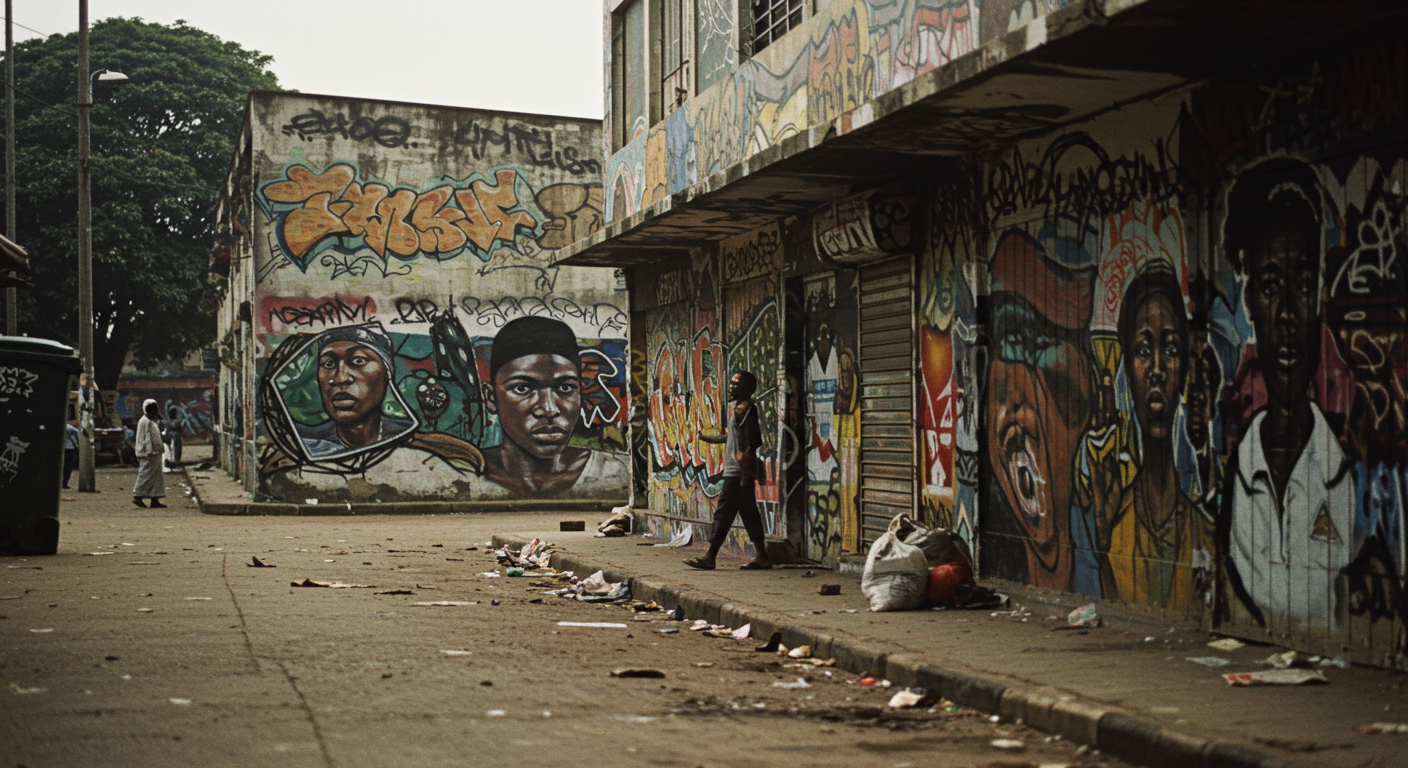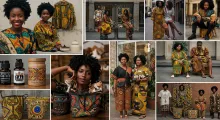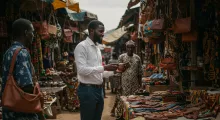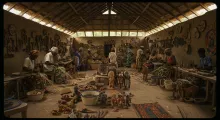Graffiti is more than scribbles — it’s visual protest, identity, and culture. In African cities, graffiti is evolving beyond tags into a bold new language of urban expressionism that bridges traditional aesthetics and contemporary activism.
Origins and Evolution
While inspired by global hip-hop and punk graffiti, African graffiti has deep cultural resonance — from ancient petroglyphs to hieroglyphs. Today’s urban expressionists blend this heritage with stenciled slogans, painted poetry, and Afrocentric symbolism.
Iconic Artists and Crews:
Hassan Hajjaj (Morocco) – Known as the “Andy Warhol of Marrakech,” he fuses street culture with North African patterns and pop-art styling.
Daku (South Africa) – Creates shadow art and word-based installations across Johannesburg, questioning capitalism and identity.
Graffrica Crew (Côte d’Ivoire) – A collective reviving African alphabets and decolonial narratives through vivid murals and graffiti battles.
Themes and Styles:
Anti-corruption slogans on rooftops in Nairobi.
Gender justice pieces on school walls in Maputo.
Tribal symbolism merged with futuristic elements in Luanda.
Urban expressionism in Africa is bold, loud, and deeply local — it turns every city wall into a canvas of resistance and renaissance.



